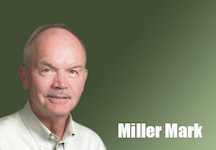When a new Frugal Hoosiers political action committee was recently formed, it brought back a flood of memories covering Mitch Daniels’ first campaign in 2003 and 2004. And with it came the realization that candidate accessibility is long gone. And not only for reporters but also for voters. Candidates nowadays regularly refuse to participate in…


